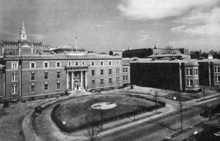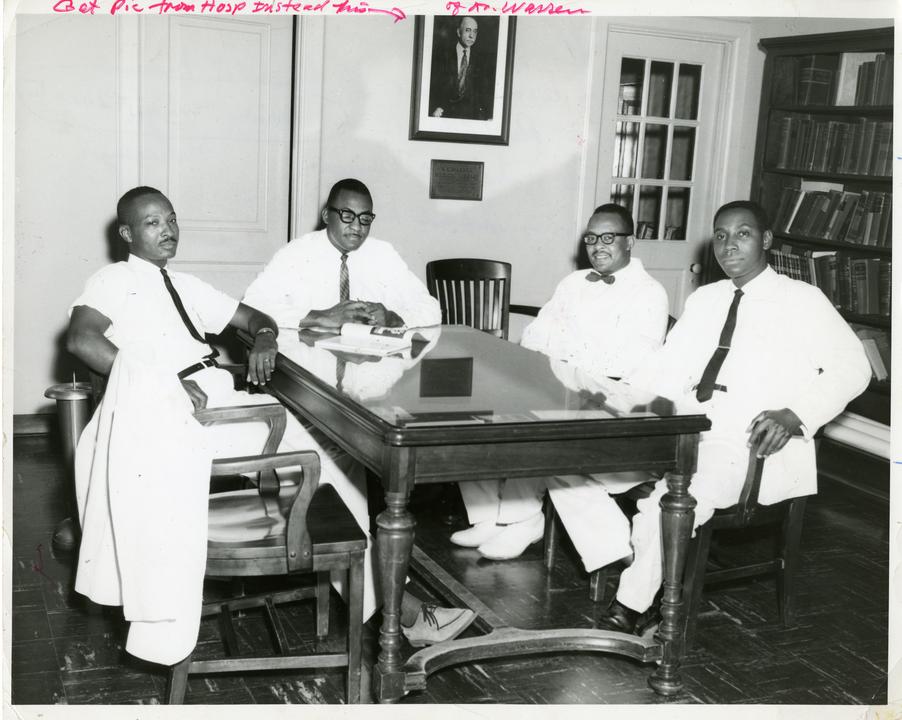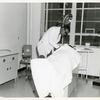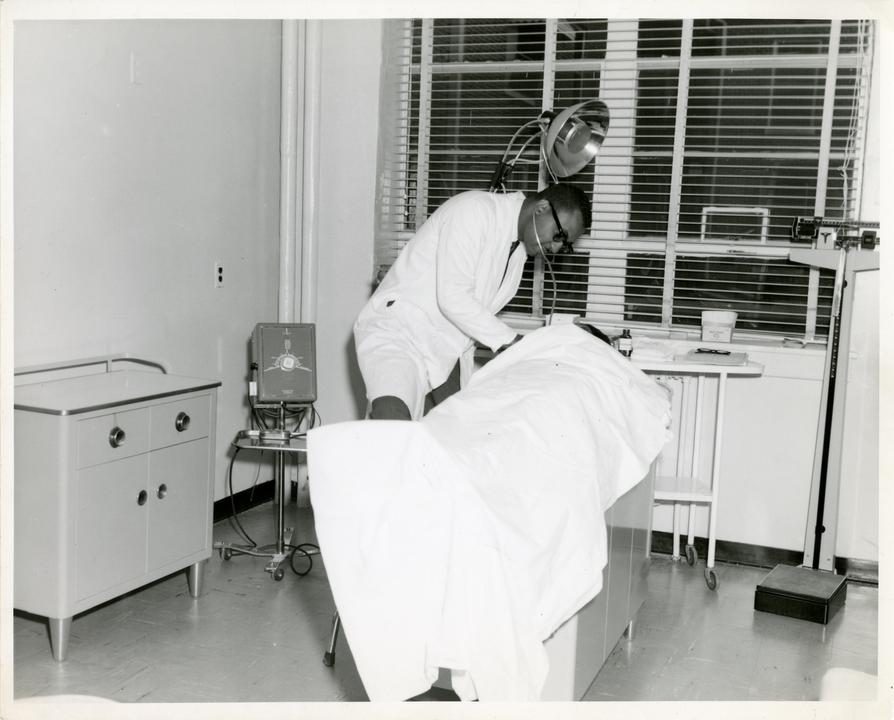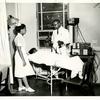Description
Howard University was named after Major General Oliver Otis Howard. Gen. Howard was a Union Army hero who served in several major battles of the Civil War. Later he was appointed as Commissioner of the Freedmen’s Bureau where he helped to open the First Congregational Church of Washington. On November 20, 1867, members of the church came together for a missionary meeting. They spoke of establishing a seminary to train African Americans as ministers. Gen. Howard felt as though the seminary should be broadened to include the training of black teachers. The name of this institute was to be “The Theological and Normal Institute.” As other fields of study were considered, many felt the institute should be enlarged to a university that they named “Howard University” after Gen. Howard. The charter to incorporate Howard University was approved on March 2, 1867 by the 39th United States Congress and Howard opened its doors to five white female students on May 1, 1867. The medical school’s first opening was on November 9, 1868 with seven black students, one white student, and five faculty members, one of which was black. When the Medical Department first opened it included two degree programs, one in medicine and one in pharmacy. A degree program in dentistry was not included until the early 1880s. As of 1871, the requirements for admission were as follows: The applicant must have evidence of good moral character, must possess a thorough English education, a knowledge of the elementary basics of mathematics, and sufficient acquaintance with the Latin language to understand prescriptions and the medical terms in use. In 1903, a high school diploma was added to the requirements and; in 1914, two years of college were also needed. For the first 40 years, Howard College of Medicine operated as an evening school because most students worked during the day. From 1908 until 1910, the school operated as both a 4-year day program and a 5-year night program. The school has operated only as a 4-year day program since 1910. Fees for the school year 1868-69 included a $5 matriculation fee, $135 for the full course of lectures, a $30 graduation fee, $20 for single tickets, and clinical instruction was free. Howard, along with Meharry, trained most of the African American physicians from the time of its founding to almost 100 years later because many medical schools did not except blacks. Many of today’s famous black physicians have been affiliated with the Howard College of Medicine such as Dr. Daniel Hale Williams and Dr. W. Montague Cobb.1
- 1. http://medicine.howard.edu/about/history/
Connections
- Alexander Thomas Augusta member of Howard University †
- Alonzo de Grate Smith member of Howard University †
- Dr. Charles Drew graduate of Howard University †
- Dr. Frederick Douglas Stubbs, M.D., F.A.C.S. graduate of Howard University †
- Dr. John C. Norman, M.D., F.A.C.S. attended Howard University †
- Dr. Leroy Swift graduate of Howard University †
- Dr. William A. Cleland graduate of Howard University †
- Dr. William H. Sinkler attended Howard University †
- Freedmen's Hospital part of Howard University †
- General Otis Howard founder of Howard University †
- Julian W. Ross member of Howard University †
- William A Warfield member of Howard University †
Related Resources
-
. Howard University Medical Department: A Historical, Biographical and Statistical Souvenir [Internet]. Beresford; 1900.Available from: http://books.google.com/books?id=MġaAAAAYAAJ
Related Course Work
- Howard University Medical School by Taneisha Roberson

